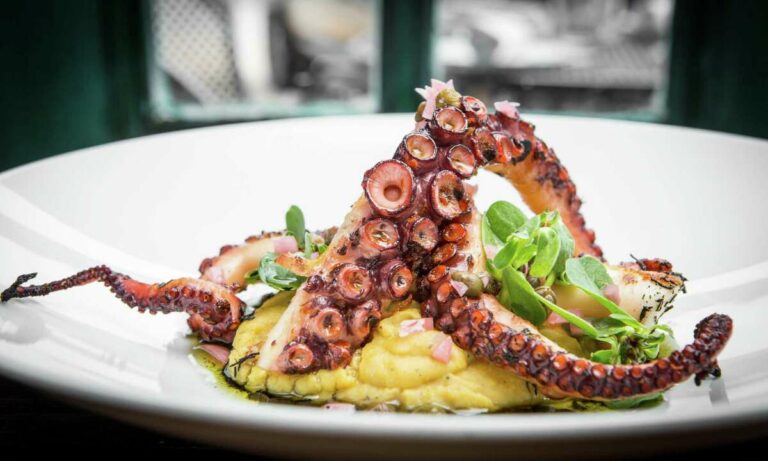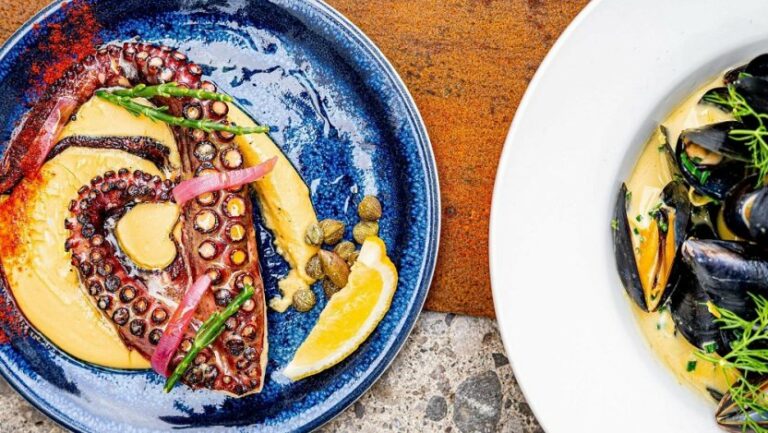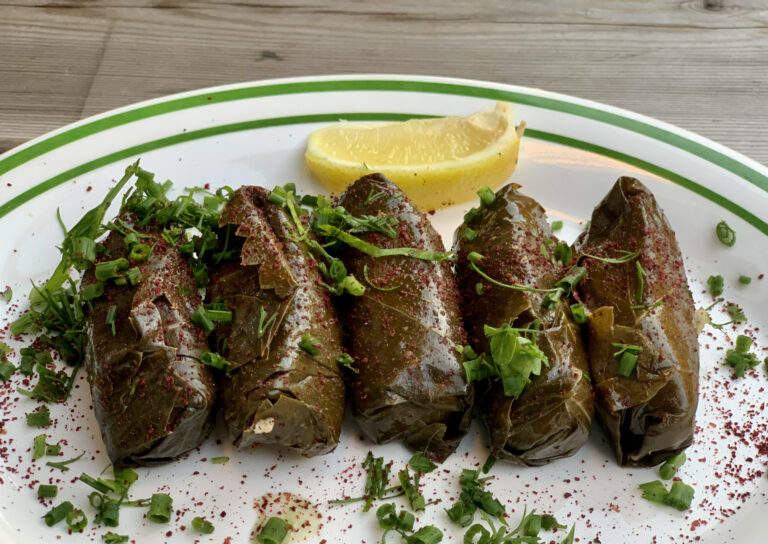Introduction: Greek Breakfast Traditions
Greek cuisine is well-known for its rich and flavorful dishes that showcase the country’s regional ingredients and culinary traditions. While many people may be familiar with Greek specialties like moussaka and gyros, fewer may be aware of the country’s breakfast traditions. Greek breakfast typically consists of simple dishes made with ingredients like yogurt, honey, olives, cheese, and bread. In this article, we will explore some of the most popular traditional Greek breakfast dishes and highlight a few modern innovations.
Popular Traditional Greek Breakfast Dishes
Greek breakfast dishes are often simple and hearty, designed to provide sustenance for a busy day ahead. Some of the most popular traditional Greek breakfast dishes include yogurt and honey, spanakopita (spinach pie), and loukoumades (honey-soaked doughnuts). Depending on the region of Greece, breakfast dishes may vary slightly in terms of preparation and ingredients, but they all share a commitment to fresh, locally sourced ingredients and time-honored cooking techniques.
Classic Greek Breakfast: Yogurt and Honey
One of the most beloved Greek breakfast dishes is yogurt and honey, a simple but delicious combination of creamy yogurt and sweet honey. Greek yogurt is known for its thick, velvety texture and tangy flavor, and is often served with a drizzle of honey and a sprinkling of nuts or fresh fruit. This dish is a perfect example of Greek cuisine’s emphasis on simplicity and quality ingredients, and is a nutritious and satisfying way to start the day.
Savory Greek Breakfast: Spanakopita
For those who prefer a savory breakfast, spanakopita is a popular choice. This classic Greek dish is made with flaky phyllo dough, stuffed with a filling of spinach, feta cheese, and herbs, and baked until golden and crispy. Spanakopita can be enjoyed either warm or at room temperature, and is often served with a simple Greek salad or a slice of fresh bread. This dish is a great option for those looking for a hearty and satisfying breakfast that will keep them fueled throughout the morning.
Sweet Greek Breakfast: Loukoumades
For those with a sweet tooth, loukoumades are a must-try Greek breakfast dish. These bite-sized doughnuts are made from a simple batter of flour, yeast, and water, and are deep-fried until golden and crispy. They are then drizzled with a sticky syrup made from honey, sugar, and cinnamon, and served warm. Loukoumades are a popular street food in Greece, and are often eaten for breakfast or as a mid-morning snack.
Modern Greek Breakfast Trends and Innovations
While traditional Greek breakfast dishes remain popular, modern chefs and foodies are putting their own spin on classic recipes and experimenting with new ingredients and flavor combinations. Some popular modern Greek breakfast trends include adding superfoods like quinoa and chia seeds to yogurt bowls, creating savory breakfast bowls with roasted vegetables and eggs, and incorporating global flavors like Middle Eastern spices and Japanese seaweed. These innovations reflect the ever-evolving nature of Greek cuisine and the creativity of those who love to cook and eat it.










